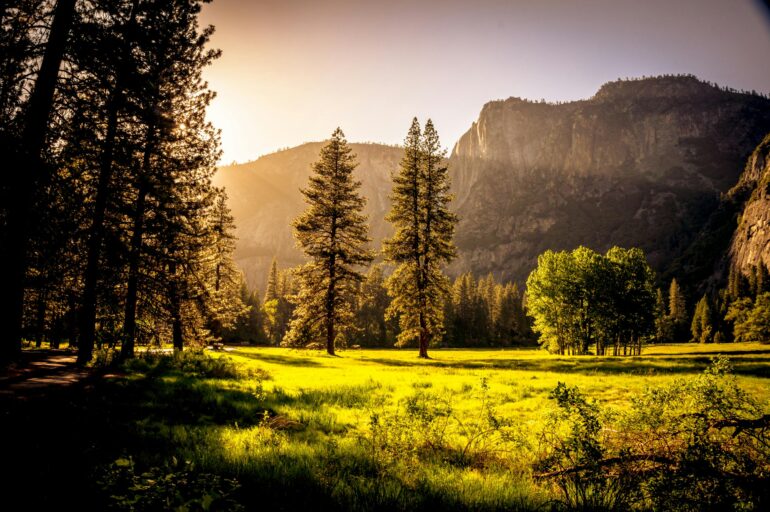The thrill of trundling through India’s dense forests and waiting with bated breath to catch a glimpse of tiger stripes is unparalleled. If you are a wildlife enthusiast, you will agree. While many have frequented the well-known jungles of Ranthambore, Jim Corbett, and Bandhavgarh, India has a large number of sanctuaries that remain relatively unexplored. With the country being home to around 8 percent of the world’s biodiversity, you are sure to come across a range of rare species in their natural habitat at one of these lesser-known wildlife sanctuaries.
Tal Chhapar Sanctuary
Amid the Thar desert lies this small sanctuary that shelters within its bounds the graceful blackbuck. Now a rarity, this protected antelope species numbers around a thousand animals at Tal Chhapar. Located in the Churu district in the Shekhawati region of Rajasthan, Tal Chhapar comprises a flat, open grassland habitat. The sanctuary is also home to other animals such as the desert fox and desert cat, along with a host of migratory birds—harriers, ibis, shrikes, and demoiselle cranes—that make this a prime birding area.
Dibru Saikhowa National Park
In the Tinsukia district of Assam, semi-evergreen and moist deciduous forests, along with grasslands, make up the designated Dibru Saikhowa biosphere reserve. Flanked by Brahmaputra, Lohit, and Dibru rivers, the park was created to protect the White Winged Wood Duck and is an absolute paradise for birdwatchers. A trip to this biodiversity hotspot can bring you close to not only the Bengal tiger but also other endangered and rare species such as the Asian elephant, hoolock gibbon, clouded leopard, Malayan giant squirrel, Gangetic dolphin, and pangolin. The park is also famous for its feral horses, believed to be the descendants of horses that escaped from army camps during World War II.
Katarniaghat Wildlife Sanctuary
Located on the Indo-Nepal border, in the Behraich district of Uttar Pradesh, this sanctuary forms part of the larger and more popular Dudhwa National Park. Situated in the Terai region, Katarniaghat is made of dense Sal and Teak forests, wetlands, swamps, and grasslands. Many rare species reside in the jungles of this sanctuary, including rhinos, elephants, tigers, hog deer, small Indian civets, and a number of other fauna. If you wish to spot the critically endangered Gharial sunning itself on the riverbank, Katarniaghat is your best bet.
Nagarhole National Park
Part of the Nilgiri Biosphere Reserve, Nagarhole National Park in Karnataka, is a tiger reserve that holds great importance for conservation efforts. A critical connecting corridor for large-ranging species such as tigers and elephants, this park forms part of the Western Ghats—another biodiversity hotspot in India and a UNESCO World Heritage Site. Wildlife such as the sloth bear, muntjac, Asiatic wild dog, gaur, striped hyena, and the Indian giant flying squirrel, along with many bird species, abounds in this region. The park forms part of the largest protected area in South India, along with adjoining Bandipur National Park, Wayanad Wildlife Sanctuary, and Mudumalai National Park. After Corbett and Kaziranga, Nagarhole tops the list with a high-density tiger population. So if you find yourself enthralled by this big cat, head to Nagarhole National Park to witness the majestic tiger in all its splendour.
Namdapha National Park
When speaking of India’s wild heritage, one cannot ignore the highly biodiverse region of northeast India. Arunachal Pradesh, with its evergreen rainforests and alpine meadows, in particular, is a haven for nature-lovers, fauna, and avifauna species alike. While the state houses many reserves, Namdapha National Park is the largest in Arunachal Pradesh, the third-largest national park in the country, and was declared the 15th Tiger Reserve under Project Tiger. It is located in the Changlang district of the state, along the Myanmar border. This densely forested landscape is the abode of many species that cannot be found elsewhere in India. You can expect to find snow leopards, clouded leopards, tigers, the Asiatic golden cat, red pandas, two species of otters, Indian muntjac, the slow loris, and hoolock gibbons. The sheer diversity of wildlife in this park is unmatched, making this one of the 200 global ecoregions.


